The movie 1917 is the frontrunner for the winner of Best Picture at the 92nd Annual Academy Awards. Though it is up against eight other worthy and critically-acclaimed feature films – all in very diverse genres, including an absurdist Nazi comedy by Taika Waititi, a 1960s revisionist history romp by Quentin Tarantino to a Korean cinematic titan by Bong Joon Ho that’s disrupting all expectations – there are myriad reasons why this historical war drama deserves to take home the top prize.
Here are 10 reasons why 1917 is a safe bet for anyone partaking in a 2020’s Oscars pool.
“One Take” Cinematography
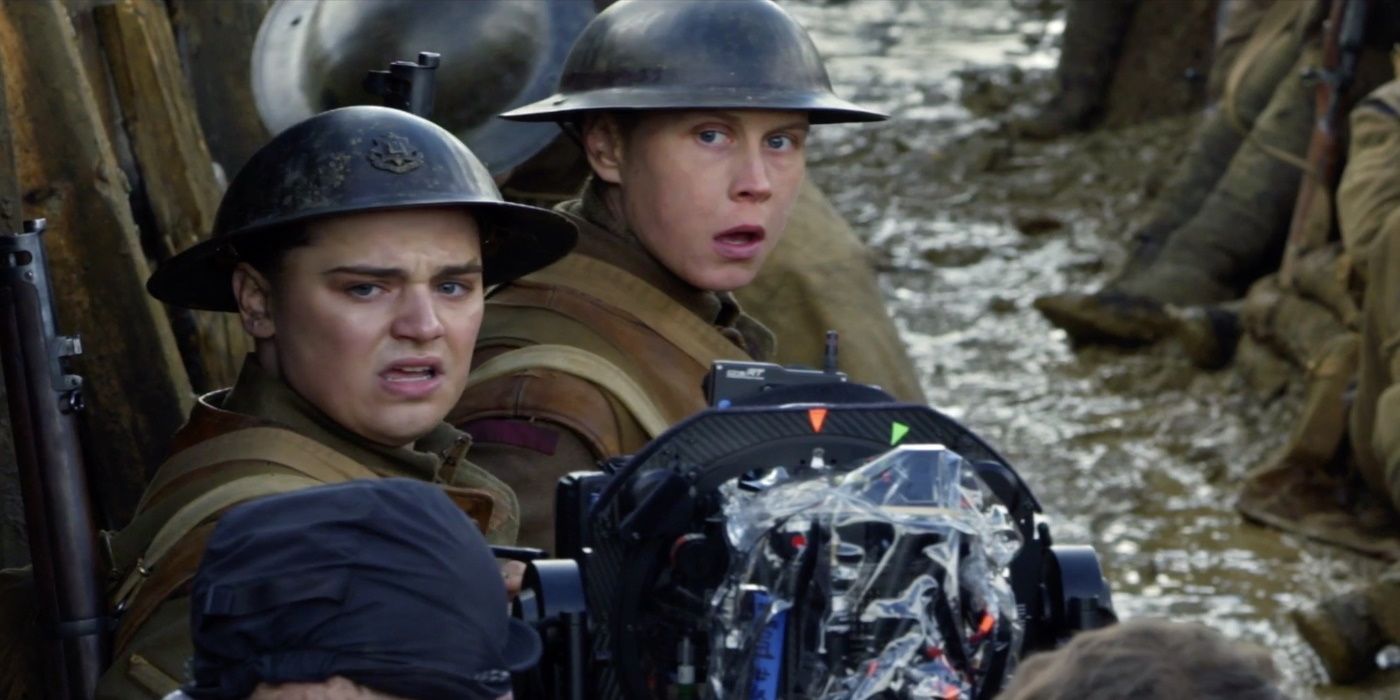
For someone who watches 1917 uninitiated, they may be surprised to find out that the movie is shot in such a way that it looks like one continuous shot from start to finish. In actuality, there are several cleverly placed edits within the film, but 1917 evokes the same stylistic energy as a similar, Best Picture Winner, Birdman or (The Unexpected Virtue of Ignorance), or the German crime thriller Victoria. This style of cinematography evokes a more intimate, fly-on-the-wall experience for the viewer which overall makes it more immersive and harrowing.
Perfect Balance of Action and Quiet Scenes
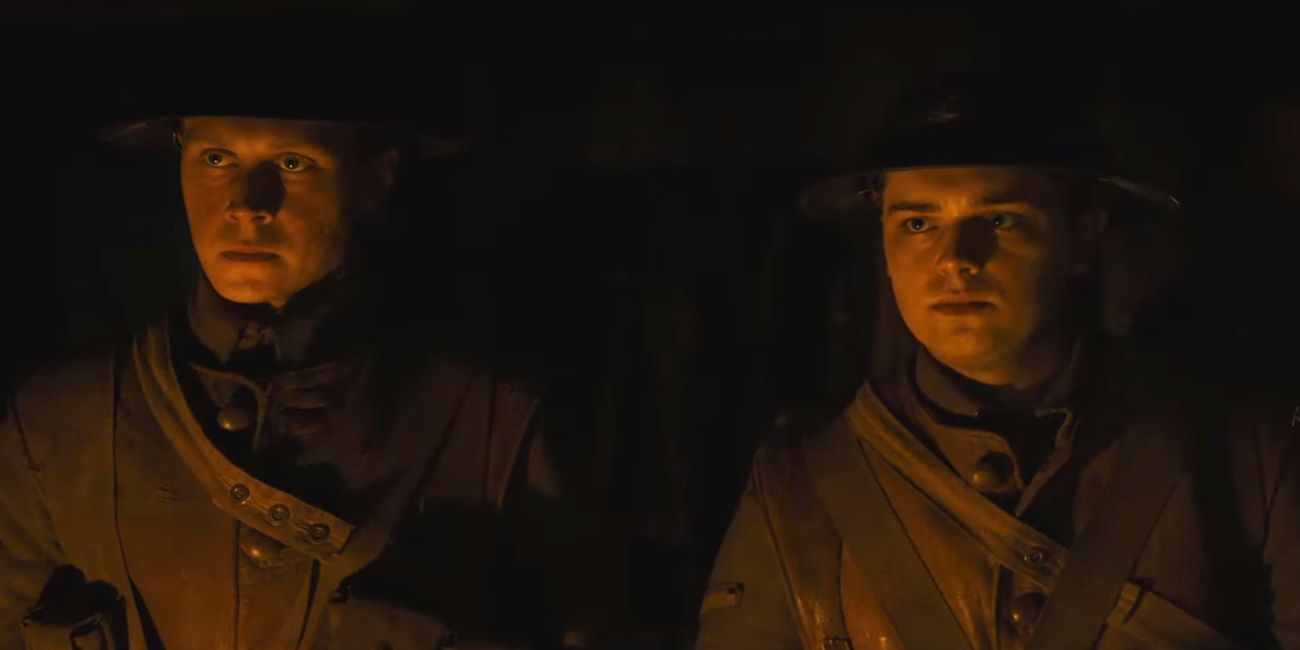
The typical war movies are punctuated by loud, bombastic battle scenes, a la Steven Spielberg’s Saving Private Ryan; for example, there is a set-piece highlighted in 1917’s trailer of a soldier running across a battlefield as artillery fire rains down and a wave of a battalion exits the trenches. But aside from these amazing loud scenes, 1917 also does well the use of slower, quieter scenes, such as the moment when the soldier played by actor George MacKay encounters a Frenchwoman caring for an orphaned infant. And speaking of quiet scenes…
Wayfaring Stranger
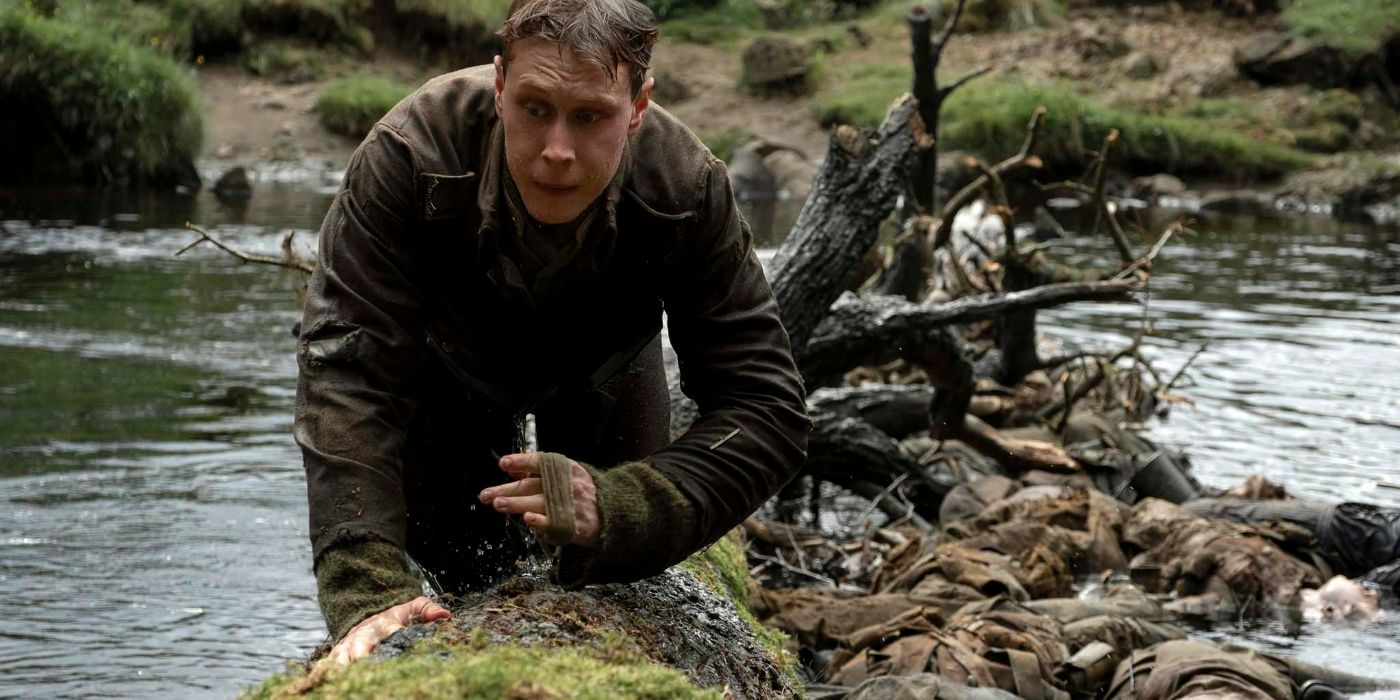
One of the last scenes before the climax of the film features MacKay’s character encountering a group of his allies in the forest, listening to a man sing the song “Wayfaring Stranger”. What makes this scene truly haunting is its unique directorial approach; the protagonist narrowly escaped enemy German troops and was washed downstream by a river, only to finally break down emotionally when he reaches dry land, overwhelmed by everything that had happened in less than a 24 hour period. As he exits the water, he hears the muffled, faraway sound an Englishman singing; he follows the voice until it is more distinct and he finds himself amongst soldiers who have all taken a break from The Great War to relish in a little bit of beautifulness still in the world.
Subverting Expectations
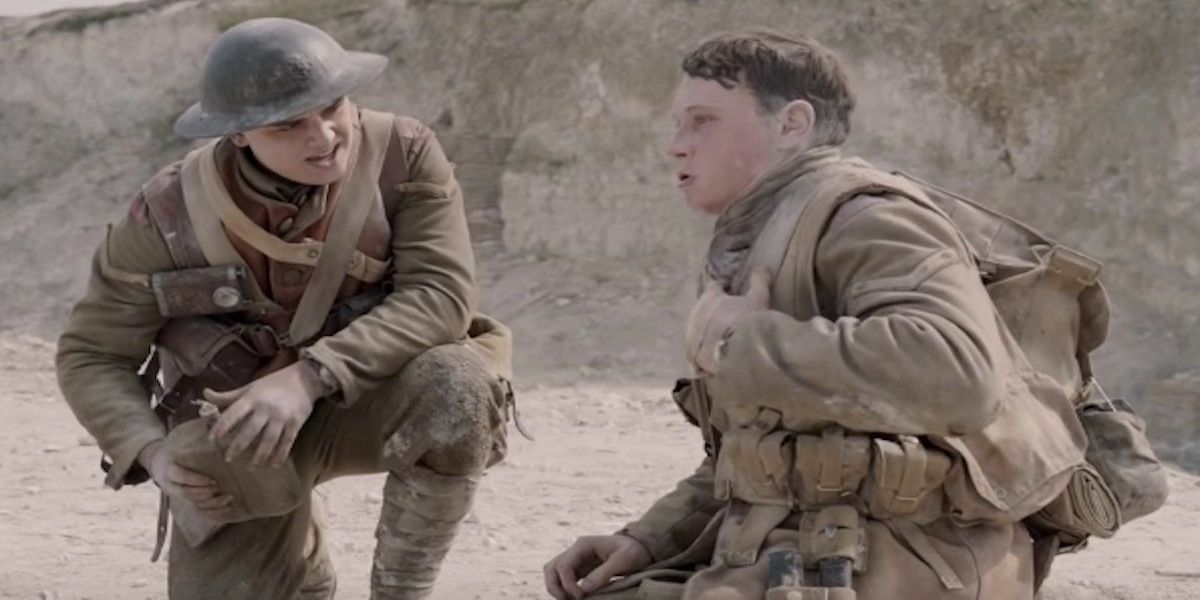
Because 1917 takes place during World War I, one may expect a very gory, violent film. However, director Sam Mendes decidedly shows more restraint in the blood and gore, instead taking in less dynamic shots of carnage; dead bodies strewn everywhere (including a dead dog), the evisceration of nature, and the slow, realistic death of a victim of war instead of a man blown to bits by artillery fire.
The movie even takes the time to go through a war hospital tent, and as violent the imagery may be in this scene, 1917 is unique in that it doesn’t go all-in on the gratuitous violence. This is in stark contrast to another Oscar contender for this year, Once Upon a Time…In Hollywood.
Use of Light and Color
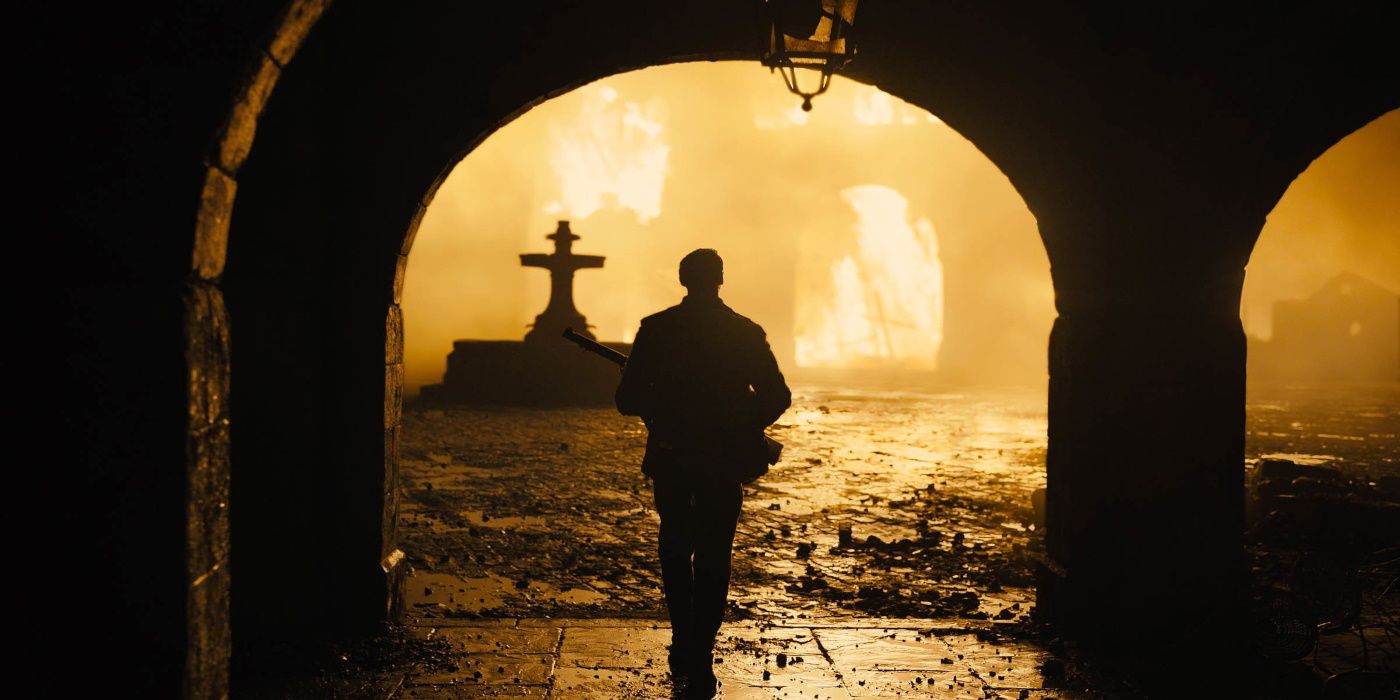
1917 utilizes light and color beautifully, from starting the film out with drab, monochromatic tones, to transforming into a chilling scene devoid of color save for night black or blood red. The contrast is so extreme one may wonder if they are even still watching the same movie. Another movie that used light and color to good effect is Blade Runner 2049; one of its most striking scenes take place in what looks like a desert completely saturated in yellow. It’s worth noting that this earned Blade Runner 2049 its Oscar wins in Best Cinematography and Best Visual Effects, so it gives 1917 a very good chance to follow in its footsteps.
Superb Acting

This movie stars the two British actors (George MacKay and Dean-Charles Chapman) whose earnest depictions of young soldiers sent on a life-or-death mission truly elevate the film. In fact, there are large swathes of 1917 that have to be carried on the back of one sole performer, with minimal dialogue – this brings to mind similar acting from Leonardo Dicaprio from the Best Picture winner The Revenant. Aside from the strong acting from the two leads, there are some understated cameos by some amazing British actors – Colin Firth, Mark Strong, and Benedict Cumberbatch. Thankfully these appearances seem appropriate and really speak to the tone of the film; they are not distracting like Mike Myers appearance in Inglorious Basterds.
Doesn’t Have to be Enjoyed in IMAX
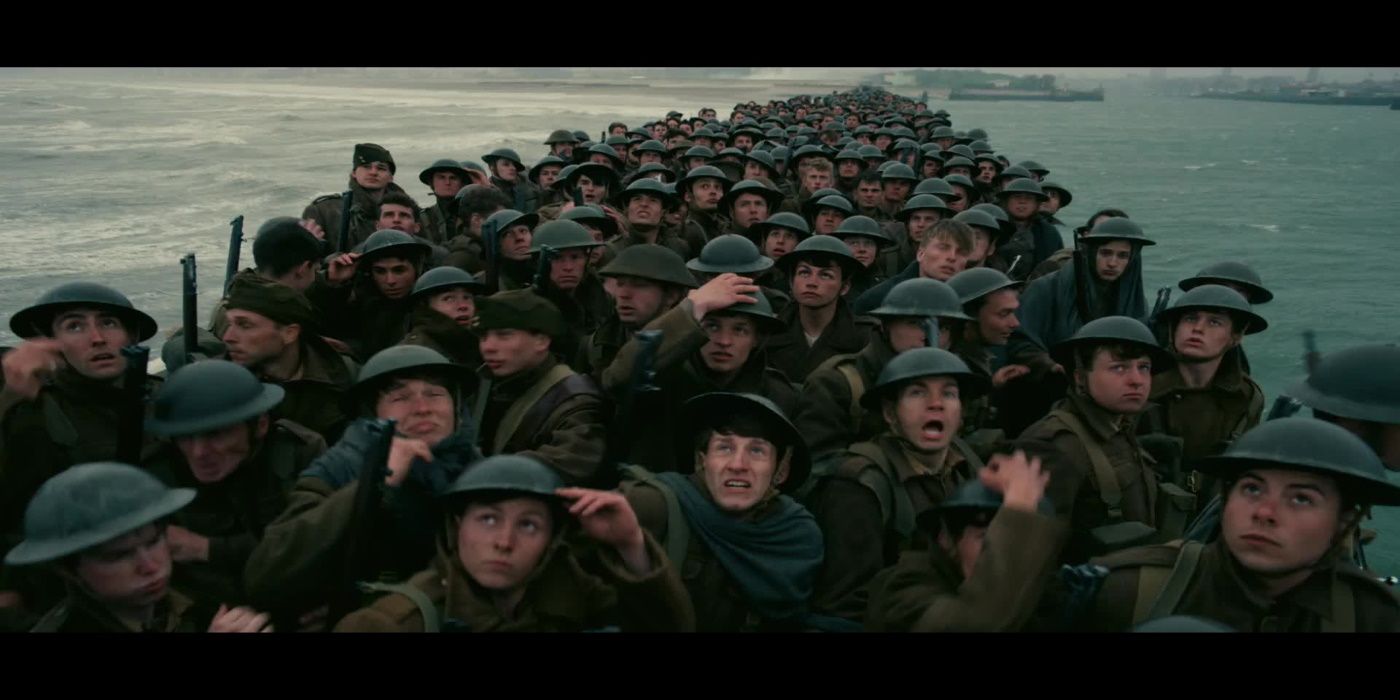
While Christopher Nolan’s Dunkirk was well received, there was a latent insistence on watching the film in IMAX, as that’s how Nolan filmed it to achieve its fullest potential. While the option to see 1917 in IMAX exists, one does not have to resort to this expensive film-going option to truly appreciate the experience.
A testament to a truly good movie is being able to enjoy it even if one is watching it on basic cable television. It should not have to rely on any gimmicks or enhancements to be regarded as an amazing film. Take Avatar, in contrast; watching the film in 3D is truly an unforgettable experience, but strip away this cinematic feature and one is left with just an acceptable movie with a mediocre plot ripped from Ferngully.
Highlights the Horrors of War
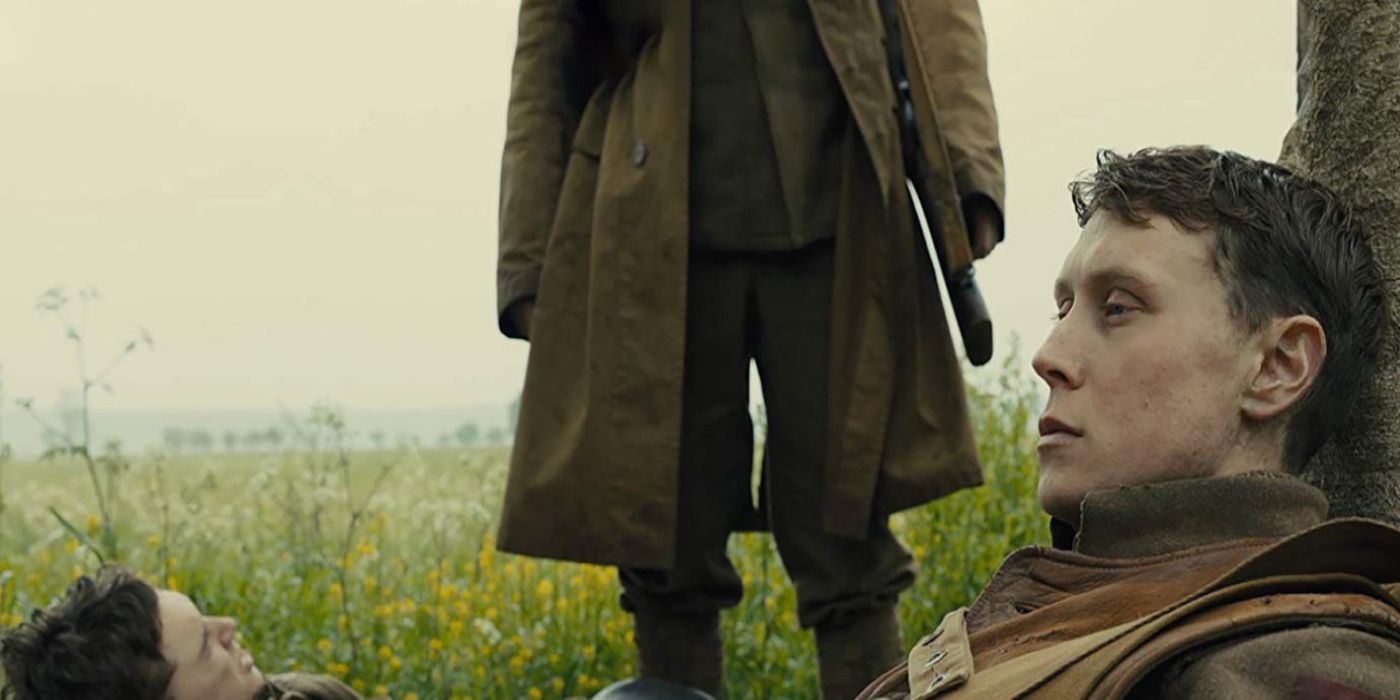
While 1917 does not go full-on explicit with its violence as with Saving Private Ryan, it highlights the horrors of the First World War in subtle ways that linger. It can be shown with the characters quietly traversing no man’s land with dead bodies strewn everywhere, or with the terrified French woman in the middle of the chaos who had adopted a baby that was not her own. There’s a scene in an underground German camp involving a booby trap that goes off seemingly by chance, and the scene toward the end of the film where soldiers on the front line rush to attack and the explosions fall anywhere and everywhere so that it’s truly luck who lives and who dies.
Has Timeless Appeal

The benefits of filming a historical drama is that it won’t ever go “out of style”; there are many films nominated and chosen by the Academy that do not fare well after subsequent viewings, either because of changes in the cultural mindset of what is considered art or technology and society have advanced to the point where the movie seems archaic to modern standards. Such movies include Crash, Forrest Gump, Around the World in 80 Days, and How Green Was My Valley, the infamous film that beat out Citizen Kane in 1942.
It’s a War Movie
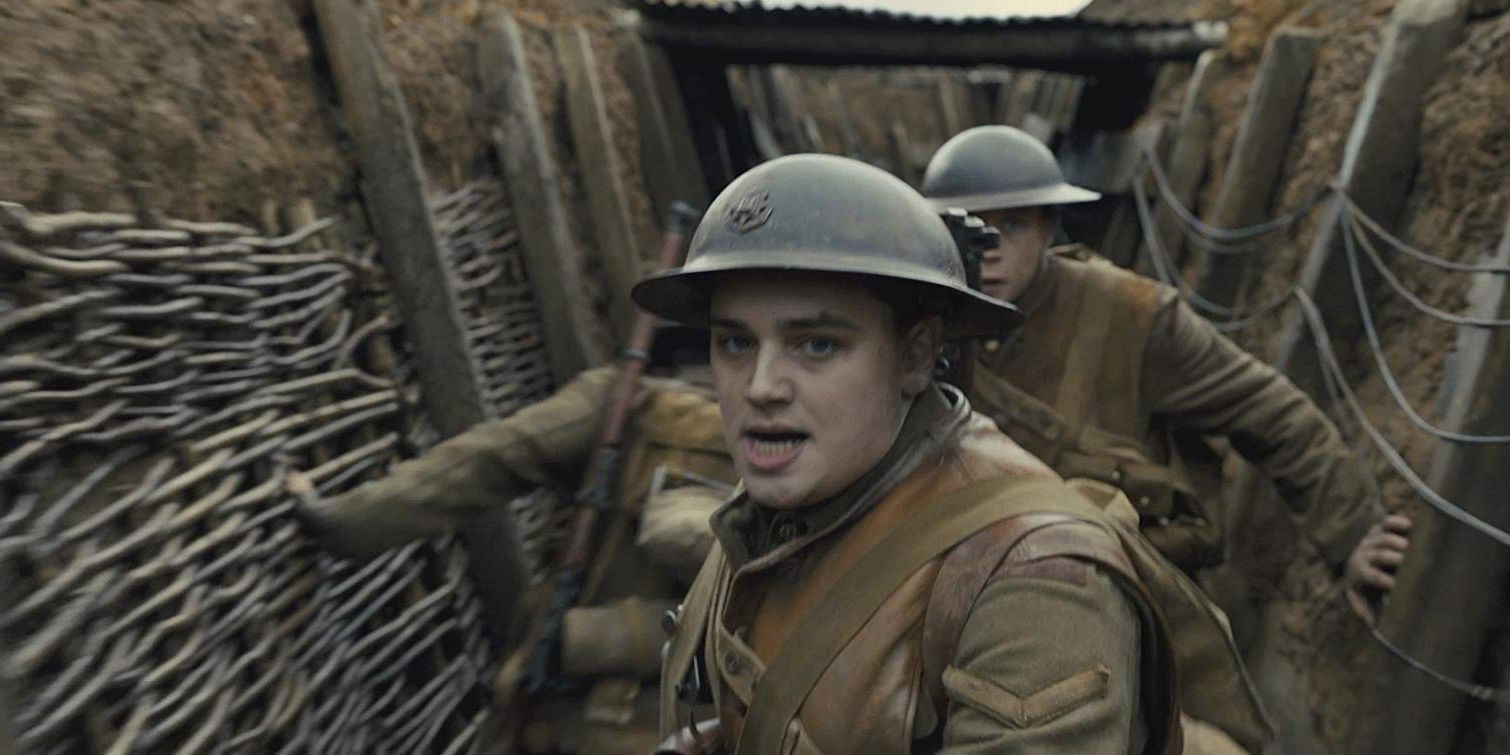
There are certain movies that fare better in the Best Picture race than others: movies about the holocaust, slavery, and ones that celebrate Hollywood are usually safe bets if they are at least filmed and acted competently. War movies are another such genre that garners its fair share of wins. If 1917 takes home the top prize, it’s sure to be in good company with other Best Picture winners as The Hurt Locker, The Deer Hunter, The Bridge on the River Kawai, Patton, and All Quiet on the Western Front.




